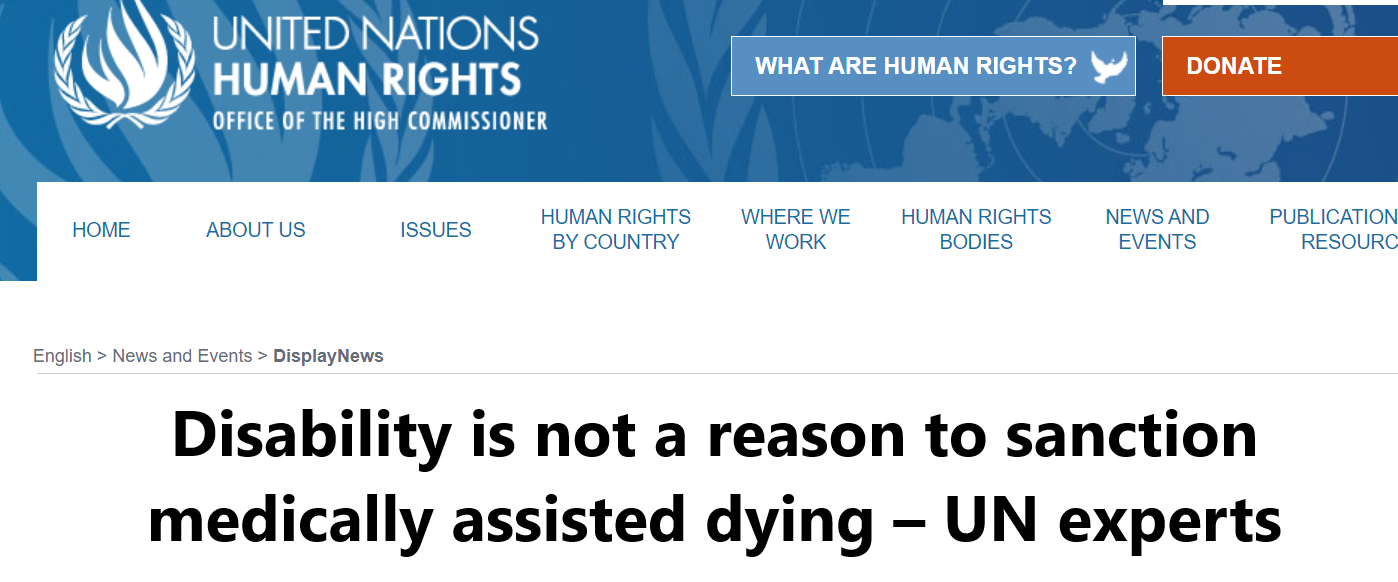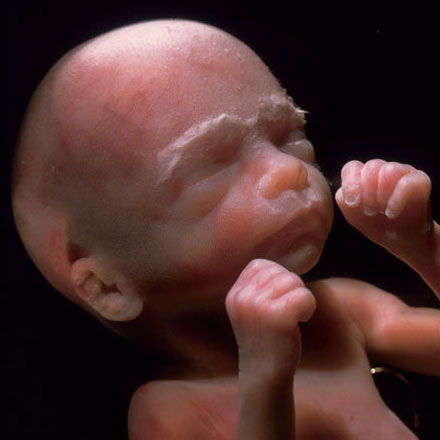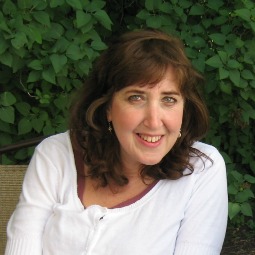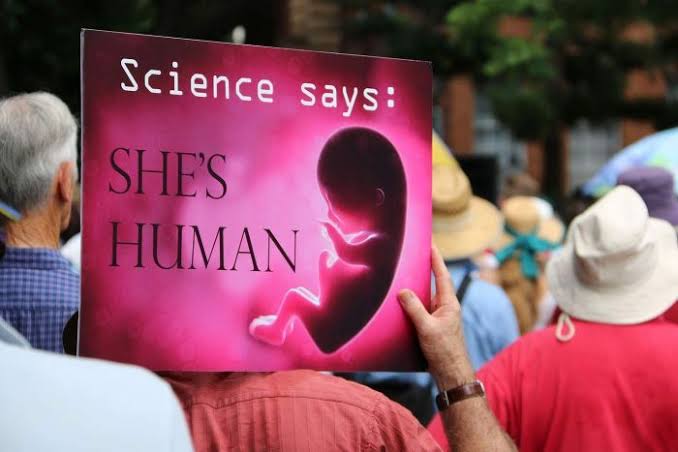Pornography
USA – Credit Card Companies dropped Pornhub because of illegal content
Pornhub scrubbed about 60% of their content after they were exposed for hosting videos of rape, sex and trafficking victims. Visa and MasterCard announced that they would prohibit the use of their cards on the pornography site. Before all this, the site allowed people to upload videos without verification. It was later announced that Pornhub videos went down from 13 million to 4.8 million. Pornhub is infested with child rape videos, revenge pornography, spy cam videos of women showering, racist and misogynist content, and footage of women being asphyxiated in plastic bags. More
UK – Extreme porn has become a gateway drug into child abuse
Michael Sheath, counsellor at the Lucy Faithfull Foundation has been counselling people with what he describes as “deviant sexual interests” for a long time. According to Michael, online child abuse has become a global crisis. Every year child abuse images are rising and every month over 900 children are safeguarded while over 700 men are arrested in connection with indecent images of children. He believes there is a dangerous cultural shift in the profile of offenders, brought about by the enormous change that ever increasing extreme pornography is having on the developing teenage mind. Mainstream pornography sites are changing the thresholds of what is normal and I think it’s dangerous. More
UK – Online incest porn is ‘normalising child abuse
Groups that work on the frontline in the fight against child abuse in the UK have warned that an increase in abuse-themed pornography is “normalising” child abuse. Amanda Naylor is the lead on child sexual abuse and has said “We know that for those who have a sexual interest in children the normalisation and encouragement of [child abuse] can escalate behaviour. ‘Fostered children’ are inherently vulnerable and they are being fetishised here. We already know that some adult offenders find vulnerability sexually motivating.” “…Videos of adults posing as young teenagers being abused by older men are very common on all mainstream sites. “These sites are not set up to be moderate. The people watching it are being enticed into seeking out ever more extreme material and seeing it on a mainstream site such as Pornhub normalises behaviour that 10 years ago would have been considered deviant and extreme,” More
USA – Pandemic boredom: Parents watch increasingly sexualized content with their kids
Due to pandemic boredom, it turns out, many parents have started watching increasingly sexualized content with their younger children. According to Carrie Goodman Melissa Henson, a program director for the Parents Television Council, Hollywood is ignoring the huge demographic of families because they simply aren’t interested in programming for families. It’s disturbing that parents are now watching hyper-sexualized entertainment with their kids, although she suspected this trend has been accelerating for a long time. Most kids these days have TVs in their rooms and are exposed to porn before they reach age 12. This is problematic because scientific research shows that children learn how to eat, speak, respond to situations, and interact with others by watching parents, caregivers and television. It is therefore imperative that children learn from healthy material and good examples in order to behave in the best way possible. Young children can, and will, copy what they see happen on television suggests Michigan State University researchers who tested 120 toddlers that were 14 or 24 months of age. Michigan State University Report, Article reporting on pandemic boredom.
USA – Porn is the top source of ‘sex education’ for young adults
Research done by Emily Rothman, a professor of community health sciences at the Boston University School of Public Health, states that young adults between the ages of 18-24, mentioned that pornography was the most-mentioned “helpful” source of information on how to have sex. The findings suggest a need for more education on healthy sexual relationships and on what pornography is about. Prof Rothman is concerned that people could problematically take their information from pornography instead of their parents which would cause them to erroneously assume certain sexual acts which they see on porn sites are going to too elicit a pleasurable response for their partner and then try it without asking for consent. More
USA – Parents Sue EBSCO host because of child pornography
The Thomas More Society filed suit on October 10, 2018 against EBSCO, a nationwide corporation that embeds pornography in databases which it markets to schools for use by unsuspecting school children for their homework and research. In the same suit, the Thomas More Society also sued the Colorado Library Consortium, a tax-supported non-profit corporation that knowingly brokers EBSCO’s pornographic databases to schools and libraries throughout Colorado. This case is about two things: protecting children and calling out corporate deceit, as explained Thomas More Society Senior Counsel Matt Heffron. “EBSCO gets schools to purchase databases by falsely promising the databases are age-appropriate and specifically tailored for elementary, middle, and high school children, Matt explained. More
Philippines – Looking at Ways to Stop the Online Sexual Exploitation Of Children
Yedda Romualdez, a member of the House of Representatives and chairperson of the Committee on the Welfare of Children, expressed alarm over the silent pandemic preying on children. Since the outbreak of the Corona pandemic there has been a sharp increase in sexual exploitation of children and Romualdez called for an investigation into the alarming situation of online exploitation of children in the Philippines. Other means includes strengthening the Anti-Child Pornography Act of 2009. Data from the U.S.-based National Center for Missing and Exploited Children, noted that there were 279,166 cases of online child sex abuse in the Philippines from March 1 to May 24, 2020, compared with 76,561 cases during the same period in 2019. This represented a 264.63% increase in cases, or more than 202,605 incidents. More
Philippines – House bill filed strengthening laws vs online child porn
Fidel Nograles, author of House Bill 7633 (Anti-Sexual Abuse and Exploitation of Children Act of 2020), appealed to the Philippine government to strengthen Section 9. This would mean that all Information and Communication Technology Service Providers (ICTSP) will install available technology, program or software to ensure that access to, or transmittal of any form of child pornography be blocked or filtered. ICTSP will also notify the Philippine National Police or the National Bureau of Investigation within seven (7) days from obtaining facts and circumstances about any form of child pornography they discovered is being committed or has been committed using its server or facility or platform. The Department of Education is also being urged to come up with more effective ways to help children safely cope with distance learning. More
South Africa – Porn exposure warning with Telegram location setting
As many continue to flock to Telegram, abandoning WhatsApp due to concerns about its privacy policy, social media law specialist Emma Sadlier has warned about a Telegram feature which easily exposes children to pornography. This comes after Sadlier discovered that turning on “location” can expose children to inappropriate material such as porn. Parents whose children have downloaded Telegram to ensure that the location is turned off and cannot be turned back on to avoid exposure to such material. “If you go to your Telegram, and you click the people nearby, there are groups nearby and you click any of those groups nearby, there is just crazy porn in all of them. That function gets disabled if you turn off your location features. Other concerns are that pedophiles use this platform and function to lure children into their groups for the purpose of abuse and exploitation. Pedophiles are savvy and now how to lure kids and get them to do what they want. More











